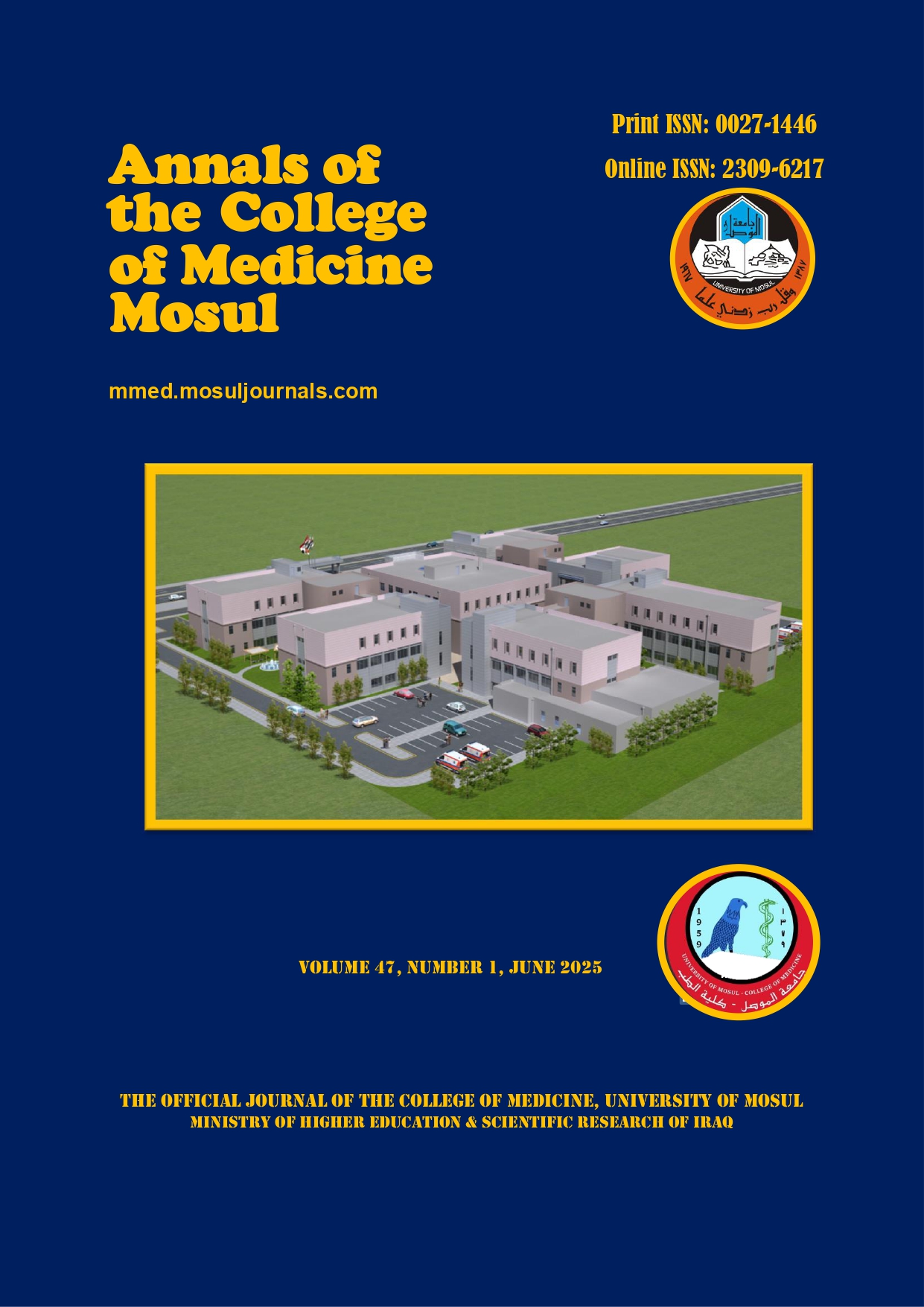Assessment of cardiac hemodynamic changes during pregnancy in normal and hypertensive women
Abstract
Background: The hypertensive disorders of pregnancy (HDP) are the most common complication of pregnancy and are major cause of maternal and perinatal morbidity and mortality. Hypertension in pregnancy complicates about 10 % of all pregnancies worldwide. Objective: This study aims to compare the hemodynamics of healthy pregnant women with hemodynamics of pregnant women with gestational hypertension (GH) or preeclampsia (PE). Methods: A total of (120) women were included in this study; their ages range from (17 to 42) years; classified as follows: (60) normotensive pregnant women and (60) pregnant women with GH or PE. 2nd group is subdivided into: (30) hypertensive pregnant women who take antihypertensive treatment (methyldopa) and (30) those without antihypertensive medications. All women subjected to echocardiographic examination by experience specialist. Results: Compared with healthy pregnant women, untreated pregnant women with GH or PE were associated with increase mean arterial pressure (MAP) (82.819.083 mm Hg vs. 113.667.327 mm Hg, p 0.001), increase total peripheral vascular resistance (TPR) (1379.01425.65 dyn.sec.cm-5 vs. 1733.99 396.97 dyn.sec.cm-5, p0.001), increased cardiac output (CO) (5.01 1.100 L / min vs. 5.55 1.42 L/min, p = 0.04), increased ejection fraction (EF) (64.9 4.9 % vs. 67.4 6.561%, p=0.04) and fractional shortening (FS) (34.763.492% vs. 37.344.21%, p = 0.003), increased left ventricular mass (LVM) (136.4129.22 gm vs. 174.1641.04 gm, p0.001) and decreased ratio of peak velocity of early transmitral flow to late transmitral flow (E/A ratio) (1.390.166 vs. 1.300.19, p=0.02). The hypertensive pregnant patients treated with methyldopa; compared to non-treated group; showed a significant decreased in MAP (99.9113.874 mm Hg vs. 113.667.325 mm Hg, p 0.001, decreased TPR (1534.58 349.47 dyn.sec.cm-5 vs. 1733.99 396.97 dyn.sec.cm-5, p= 0.04), decreased EF (63.74.621% vs. 67.46.561%, p=0.014), decreased LVM (153.08733.778 gm vs. 174.1641.04 gm, p=0.03) and significant increase in E/A ratio (1.4440.262 vs. 1.3060.190, p=0.02). Conclusion: Pregnant women with PE or GH have evidence of hemodynamic changes that justify routine echocardiographic assessment even in the absence of cardiac symptoms. .
